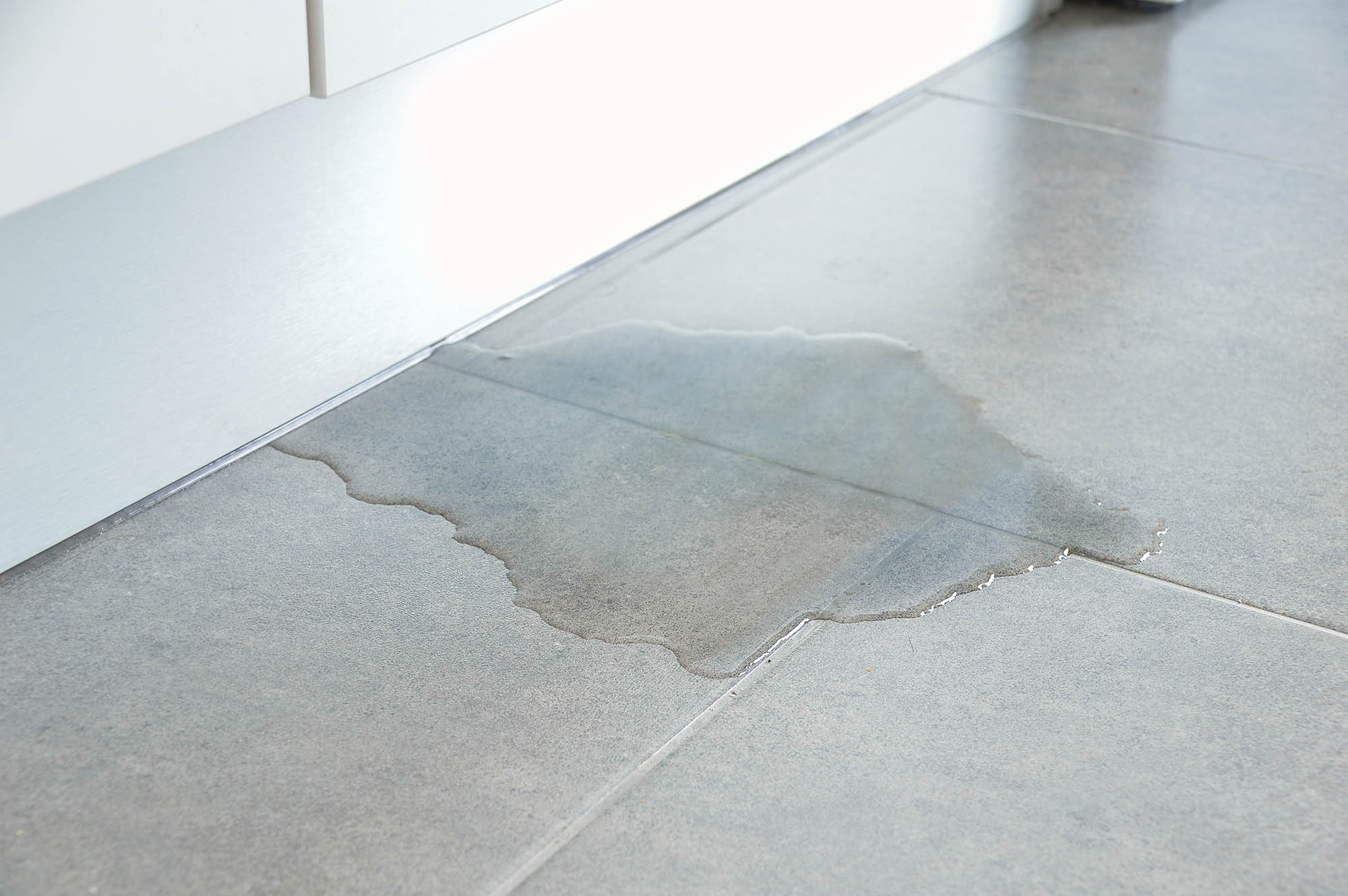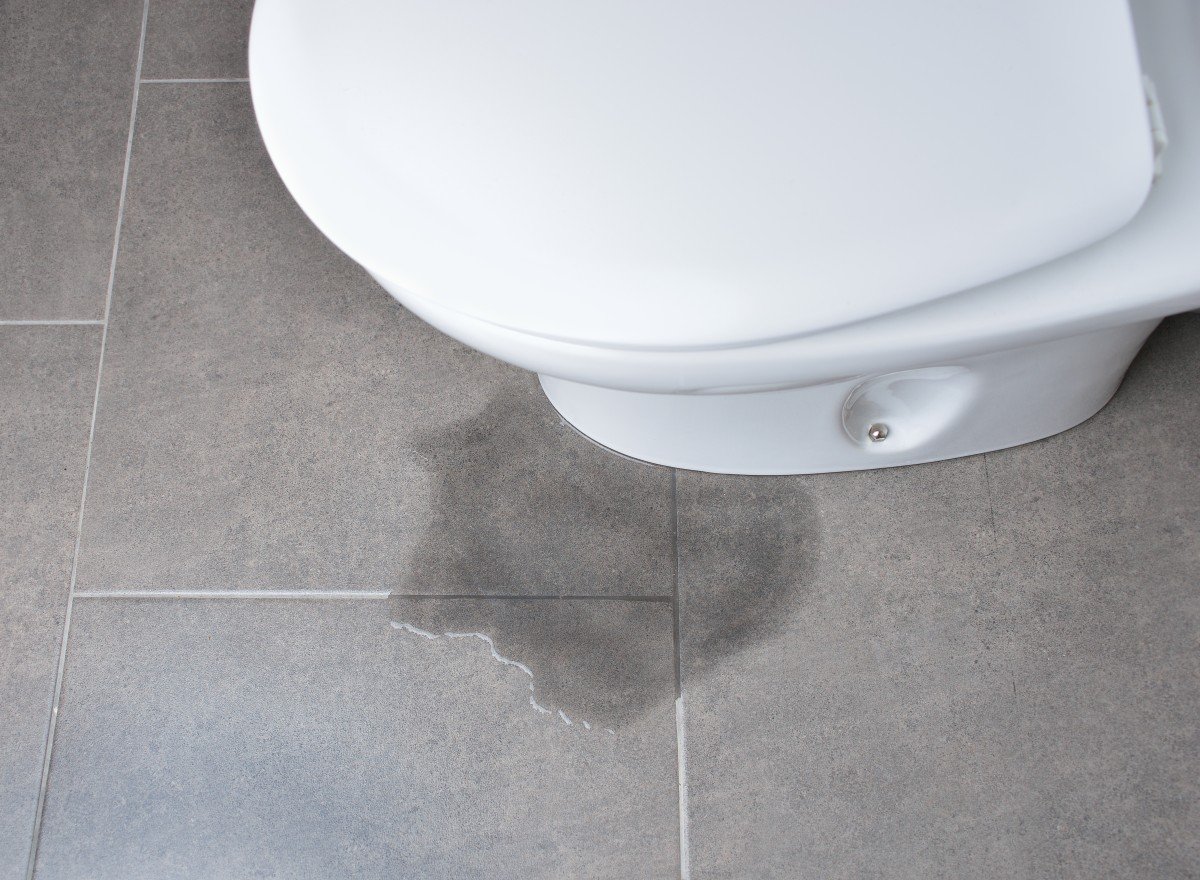Tips for Locating and Rectifying Bath Water Leaks: A Practical Solution
Tips for Locating and Rectifying Bath Water Leaks: A Practical Solution
Blog Article
We have unearthed this post pertaining to How to Detect and Fix a Bathroom Leak directly below on the internet and think it made perfect sense to relate it with you on this site.

Bathroom leakages are annoying as they interrupt your day's strategy. They vary in intensity depending on the source of the leakage. Yet, you have to prioritize them, as they can quickly intensify. It is a relief that a lot of washroom leakages are very easy to detect and fix, with very little cost implications.
Having a water leak in washroom can be demanding to the home owner. The post serves as a "initial aid" when you need an emergency situation feedback to a water leak in washroom.
Detection as well as Fixing of Water Leak in Shower Room
Water leakage in bathroom frequently arises from pipes and pipe faults. There are a number of sorts of washroom leakages. You may need a basic knowledge of these leak types to identify the water leakage in bathroom. Below are the typical bathroom leakages and deal with suggestions:
Sprinkle Leaks
These commonly arise from water splashing on the shower room flooring from the tub. It is a consequence of using a bad shower curtain or used bath tub cellular lining. It damages the washroom flooring and also may create rot to wood floors as well as bathroom doors. The water normally pools around the tub or shower. This might cause even worse restroom damages without prompt handling.
What to Do
This restroom leak is the simplest to repair. You just require to change the curtains or recaulk the tub or shower. You may need to change these to avoid further damages if the leak has harmed the bathroom flooring or door. Fortunately is that you can involve a pipes professional to aid with the restroom repair.
Toilet Leaks
Sometimes, water leaks from the commode and pools around the toilet base. It is an eyesore in the restroom and also needs timely attention.
What to Do
You only need to tighten them if there are loosened screws in between the cistern and bathroom. Occasionally you might need to reapply wax on the gasket or employ a shower room leakage specialist to change worn or broken parts.
Clogged Restroom Sinks
Sometimes, the water leakage in shower room results from sink blockages. This is commonly an annoyance to homeowners and also may be unpleasant. Clogs might arise from the build-up of soap residue, hair fragments, or debris that clog the drainpipe. It is easy to take care of obstructions, and you might not require expert abilities.
What to Do
You can make use of a drainpipe snake to eliminate the particles in the drainpipe and also let the stagnant water flow. Drain pipes cleansers are also offered in stores as well as are very easy to make use of.
Verdict
Water leakages in the washroom are preventable events in the home. When they do, fix them without delay, or engage the solutions of an expert.
The article offers as a "first help" when you need an emergency response to a water leak in washroom.
Water leak in bathroom frequently results from pipes as well as pipeline mistakes. You may require a fundamental expertise of these leakage types to find the water leakage in bathroom. It harms the shower room flooring and may trigger rot to wooden floorings and shower room doors. Sometimes, the water leak in shower room results from sink obstructions.
5 Ways You Can Tell There's Water Leaking In The Bathroom
Mold and mildew
The presence of mold or mildew is a big indicator of a water leak. It's not unordinary to see mold or mildew in parts of your bathroom where water accumulates, like showers and sinks, but it's a problem if you notice it growing in other places. Mold grows in places that are moist and dark so it can point you to hidden water leaks.
Read More: https://www.housedigest.com/927314/ways-you-can-tell-theres-water-leaking-in-the-bathroom/If you notice mold or mildew growing on bathroom walls, floors, or ceilings you should be concerned. Other than pointing you in the direction of a potential leaky pipe behind your walls or under your floors, mold is dangerous to your health, according to The Waterworks. Mold can cause an allergic reaction with symptoms like watery eyes, runny noses, sneezing, headaches, and difficulty breathing. Since mold is not only unsightly to look at, but a health hazard it's important to take care of the leak as soon as possible so the mold can be cleaned before it spreads.
Read More: https://www.housedigest.com/927314/ways-you-can-tell-theres-water-leaking-in-the-bathroom/Damaged walls or floors
Unexplainable damage to your bathroom walls and floors is another sign of water leaking. If drywall gets wet it will crumble, bubble, and even warp or break apart. Before you notice your drywall deteriorating you may see the paint blistering or chipping off the wall. Or if you have wallpaper, it will begin to peel off when wet and show water stains.
Read More: https://www.housedigest.com/927314/ways-you-can-tell-theres-water-leaking-in-the-bathroom/Unstable toilet
When you sit on your toilet does it wobble? If it is unstable your toilet potentially has a flange leak, according to The Pink Plumber. Toilets are supposed to sit stable on the bathroom floor and should never be able to be moved around. There are screws that keep the toilet secured down to the floor and a wax ring that connects the toilet to the waste pipe. The wax ring creates a water-tight seal so nothing leaks when water and waste are moving through the toilet. If the wax seal is damaged or worn down it will no longer provide the proper seal, causing a flange leak and allowing wastewater to seep out.
Read More: https://www.housedigest.com/927314/ways-you-can-tell-theres-water-leaking-in-the-bathroom/Wet bathroom cabinets
Wet bathroom cabinets are a sure-fire way to tell if you have a water leak in your bathroom. When your cabinets are wet it is likely because of leaks from sink faucet or water supply lines. You will know that your cabinets are damp if you see any water stains inside the cabinets. If it is a leak from a water supply line The Pink Plumber explains that you will see water dripping out from the connectors or even puddles in the cabinets.
Read More: https://www.housedigest.com/927314/ways-you-can-tell-theres-water-leaking-in-the-bathroom/https://www.housedigest.com/927314/ways-you-can-tell-theres-water-leaking-in-the-bathroom/

Hopefully you enjoyed reading our post about How to Detect and Fix a Bathroom Leak. Thanks a lot for spending some time to read through our blog post. For those who appreciated our blog posting if you please remember to pass it around. Thank-you for taking the time to read it.
Here Report this page